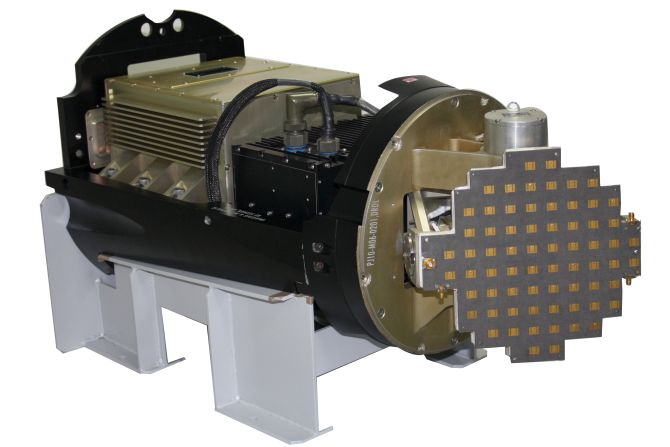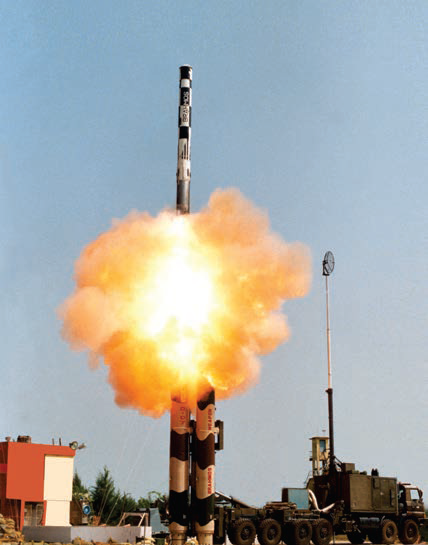Earlier today, India tested a variant from the Brahmos cruise missile family with an indigenous radio frequency (RF) seeker. This was the first Brahmos test, where an indigenous RF seeker has been used for terminal guidance, and marks a milestone in the progressive indigenization of key sub-systems for the Brahmos.
Of course, the pace of such indigenization is dictated by evolving work-share arrangements as agreed upon by the Defence Research & Development Organization (DRDO) & NPO Mashinostroyenia, who are the two stakeholders in Brahmos Aerospace Limited (BAL), owning 50.5 percent & 49.5 percent of this Indo-Russian joint venture, respectively. It should be noted, that the RF seeker equipping Brahmos production units has historically been under the purview of the Russian side.
The seeker used in this morning’s test could be a monopulse seeker developed either by Data Patterns or Alpha Design Technologies with support from DRDO’s missile complex, since both companies are known to have offered to develop such a seeker for BAL under a ‘no cost no commitment’ model. Today’s test could possibly be a culmination of this approach. This indigenous seeker has the potential to replace the Russian RF monopulse seekers currently used on most Brahmos variants.

Image: X-band monopulse synthetic aperture radar developed by Data Patterns for missile applications
Incidentally, an indigenous RF SCAN millimetric wave imaging seeker is also under development. DRDO’s Research Centre Imarat is involved in this effort along with the Electronics Corporation of India Limited (ECIL) and Data Patterns. Such a seeker with its radio image painting capability is required for destroying targets hidden in a cluttered environment. The Block II variant of the land to land version of the Brahmos will likely be equipped with such a seeker. At the moment, the Brahmos Block II uses a Russian imaging seeker with some target discrimination capability. If today’s Brahmos test actually saw this (i.e RF SCAN) seeker being trialed, instead of the monopulse seekers alluded to above, then it would mark a major step in the evolution of seeker technology in India.
Be that as it may, official comment from India’s Ministry of Defence says that today’s test saw the Brahmos missile hitting its designated target with pin-point accuracy. The test was conducted at the Pokharan field firing range, located in the Western Indian state of Rajasthan.
© Delhi Defence Review. Reproducing this content in full without permission is prohibited.
































